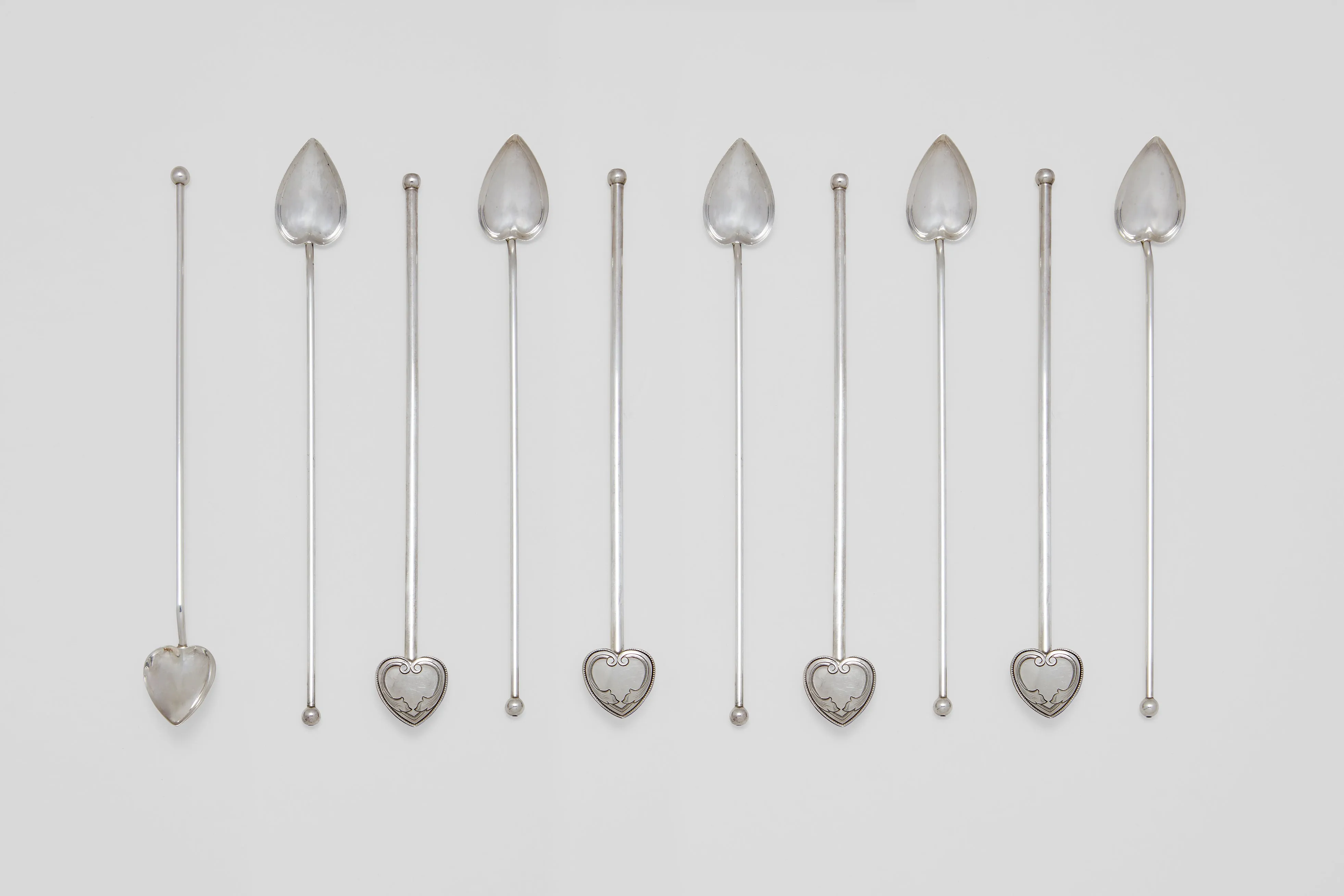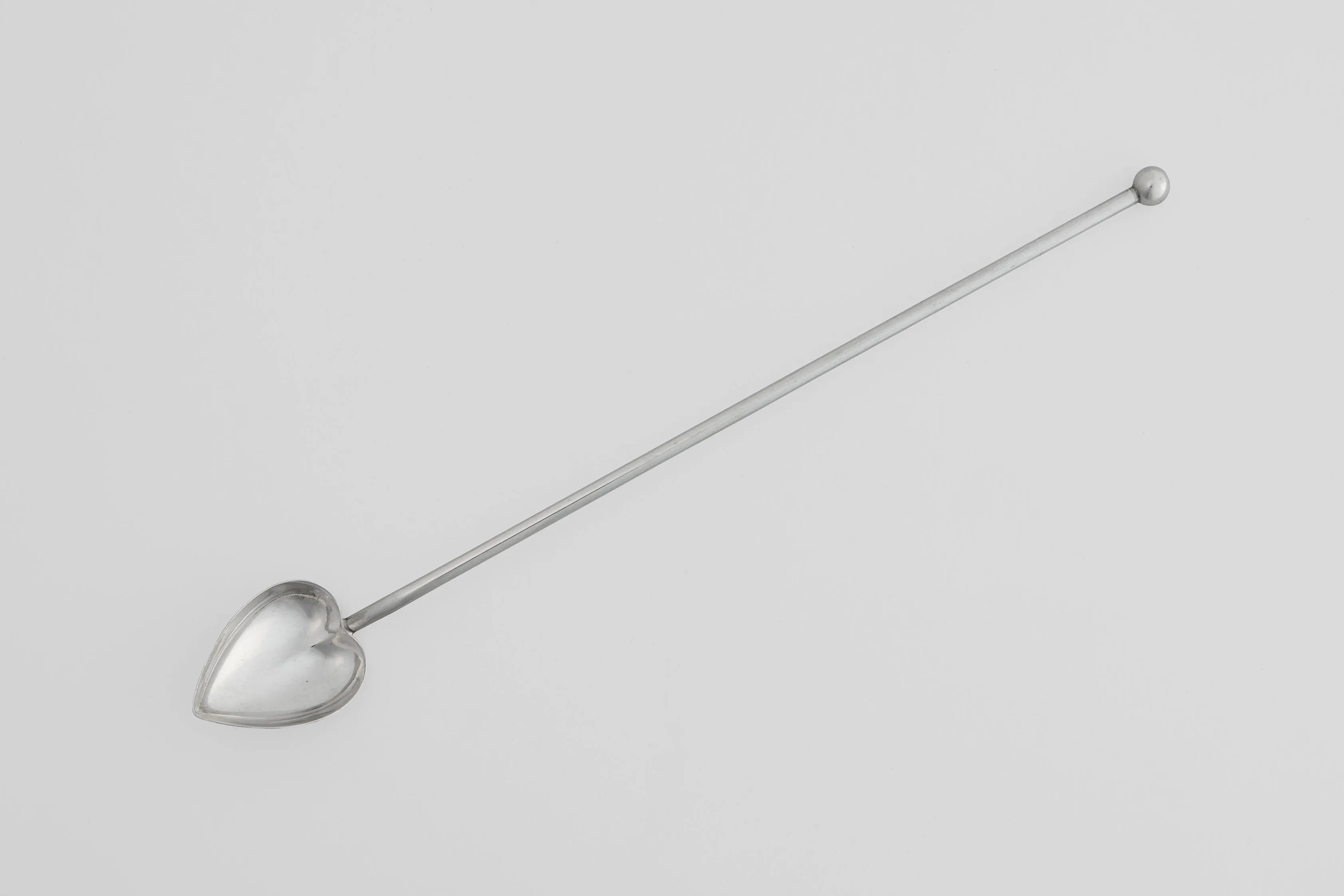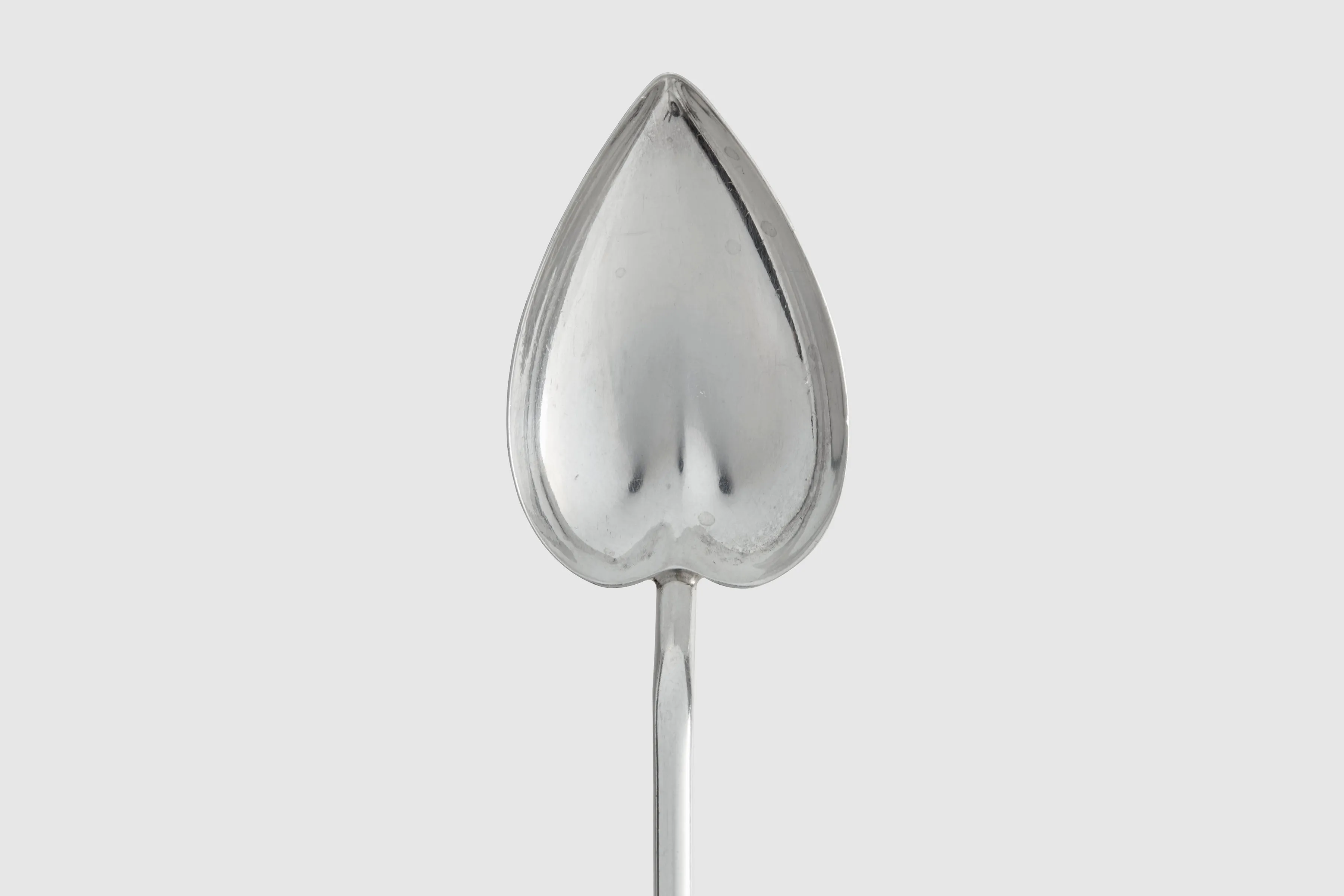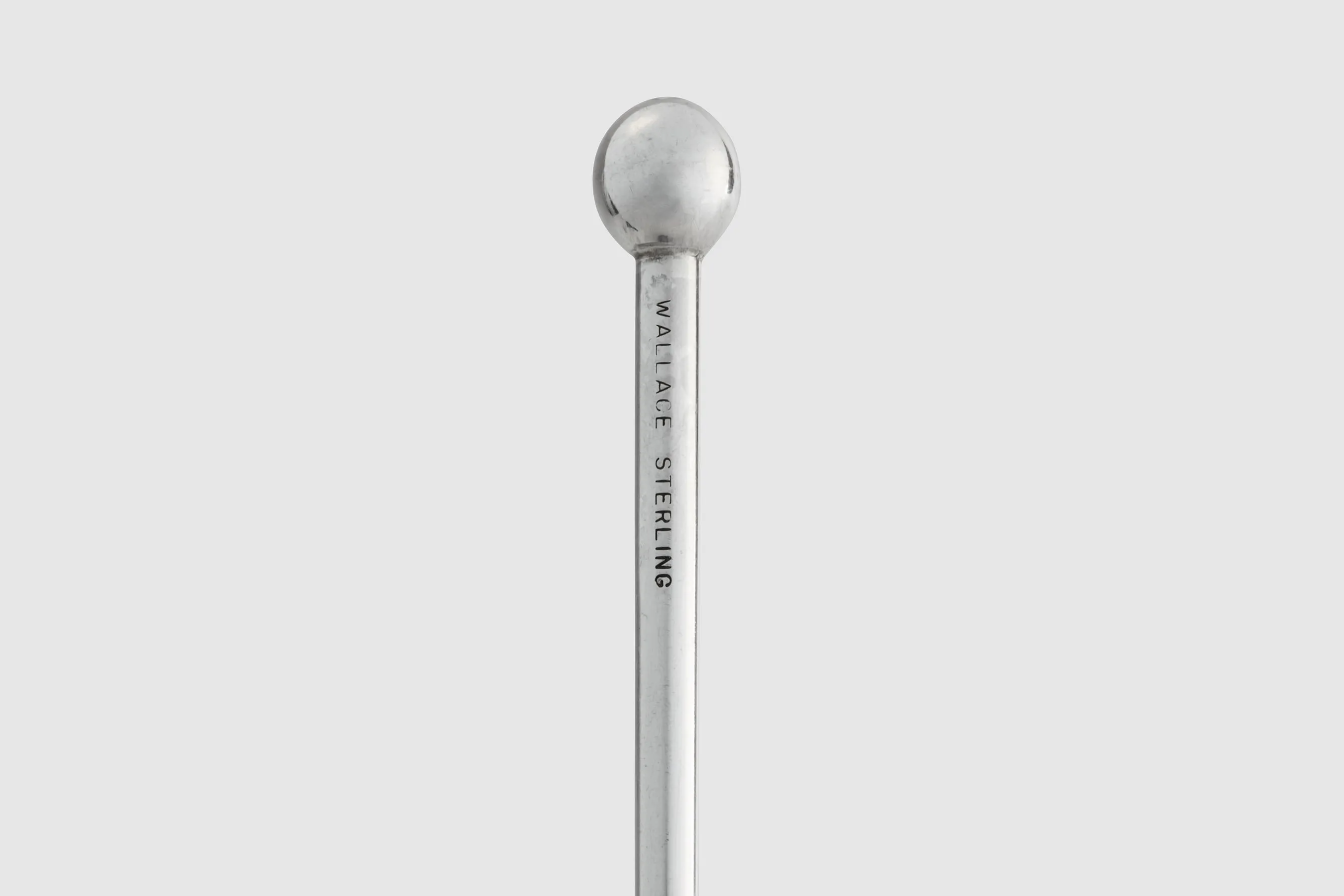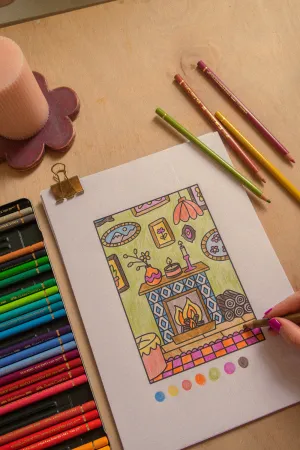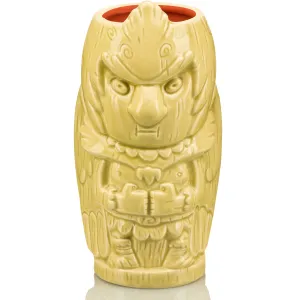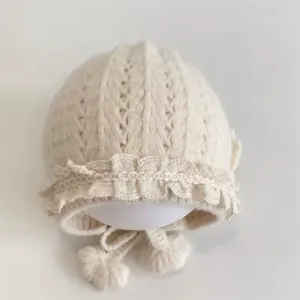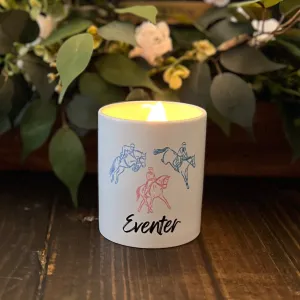A sterling silver set of six (ten shot below) cocktail spoons with integrated straw running through the stems. These beautiful designed bar accessories are quite rare. The traditional form of these is more of a classic spoon shape, with straw hidden behind the bowl element. This design very cleverly integrates the straw opening into the bottom ends of the bowl area, which would mean it would be easier to ingest from the bottom of the glass. The spoon bowl shape itself is a lovely design, and helps muddle the drink well.
In an age where people are very aware of waste, these bar spoons are a super way to add a key element to a home bar, without jeopardizing the environment. Easy to wash, they are both stylish and add a glamorous touch to a cocktail party. Each spoon is stamped 'Wallace Sterling' and were made in America, circa 1920's.
The spoons were made by one of America's leading 20th Century silversmiths; R. Wallace and sons. Founded in 1835 in Wallingford, Connecticut by Robert Wallace, the son of a Scottish immigrant silversmith, James Wallace. At the age of 16, Robert Wallace became an apprentice to Captain William Mix, a renowned spoon maker for the Meriden Britannia Company, the most successful flatware producer in the North East, at this time. So, any successful apprentice from this apprenticeship became in great demand.
Having mastered the art of silver craft, Robert Wallace left his apprenticeship, purchased a dilapidated gristmill, and began to produce his own cutlery. By 1833, Wallace's silver shop was up and running. As Wallace was skilled in the art of spoon making, Wallace's only product was spoons. One day, while shopping in New York City, Wallace happened upon a piece of cutlery made of a nickel alloy called ‘German silver’ that had been produced by Dixon & sons of Sheffield, England. Impressed by the quality and strength of the piece, Wallace bought the formula from the German chemist Dr. Louis Feuchtwanger who had a small bar of that metal from Germany for the then unheard sum of $20 and went on to build these new nickel silver spoons. Later he found a man who had brought the recipe for making the metal. Wallace purchased that too. In his factory, he then compounded the first German silver made in America and pioneered the new industry.
In 1887, William Hale Beckford in ‘Leading business men of New Haven county’ described the company, "The valuable plant of the company is one of the most complete and extensive of its kind in the United States, the buildings being substantially built of brick, two and three stories in height, and covering an area of several acres of ground." By 1893, this company manufactured silver and plated ware and cutlery and had about six hundred employees.
Robert Wallace died on June 1, 1892, and was succeeded by his sons and son-in-law who grew the business to be the largest manufacturer of flat tableware in the world. At the start of the 20th century, about three tons of steel and one and a half tons of nickel silverware were used daily. The company opened retail operations in both New York City and Chicago, with the company's success bringing prosperity to Wallingford itself. It carried on under family ownership until it was acquired a number of times through the mid to late part of the 20th century, even at one point being owned by the Hamilton Watch Company.
The condition is excellent of all six ready to be enjoyed!

